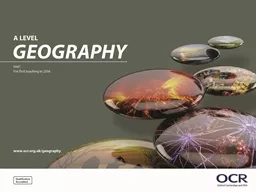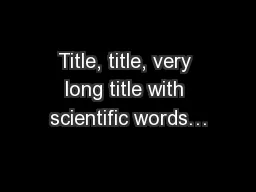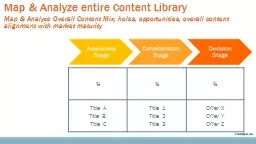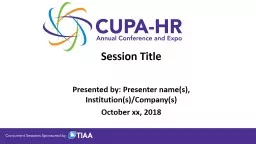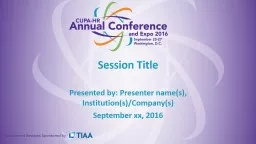PPT-H070 Topic Title H470 Topic Title
Author : min-jolicoeur | Published Date : 2018-07-07
Guide to the SAMs Component 3 Geographical debates H48103 Geographical debates The Geographical debates 03 component takes some of the most dynamic issues
Presentation Embed Code
Download Presentation
Download Presentation The PPT/PDF document "H070 Topic Title H470 Topic Title" is the property of its rightful owner. Permission is granted to download and print the materials on this website for personal, non-commercial use only, and to display it on your personal computer provided you do not modify the materials and that you retain all copyright notices contained in the materials. By downloading content from our website, you accept the terms of this agreement.
H070 Topic Title H470 Topic Title: Transcript
Download Rules Of Document
"H070 Topic Title H470 Topic Title"The content belongs to its owner. You may download and print it for personal use, without modification, and keep all copyright notices. By downloading, you agree to these terms.
Related Documents

